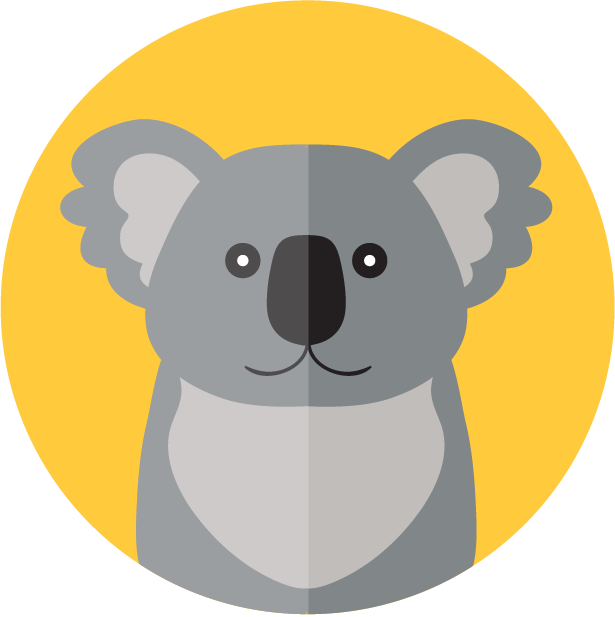BACKGROUND INFORMATION
Methodology
Coancestry and Inbreeding Statistics
10 min
coancestry matrix (f) the coancestry between two individuals f is the probability that genes sampled randomly from each are identical by descent (falconer and mackay 1996) the coancestry matrix summarizes all coancestries in a population the matrix is symmetric, such that the diagonal element ( f ii )is equal to the coancestry of the individual i with itself or 0 5(1+f i ), where f i is the inbreeding for individual i, and the off diagonal elements f ij and f ji, are both equal to the coancestry between individuals i and j numerator relationship matrix (a) the additive genetic relationship between individuals is twice their coancestry these are summarized in the numerator relationship matrix (nrm, usually represented as a) the matrix is symmetric, such that the diagonal element a ii is 1+ f i , where fi is the inbreeding for individual i , and the off diagonal elements a ij and a ji are both equal to twice the coancestry between individuals i and j when multiplied by the additive genetic variance (σ2u), aσ2u is the covariance among breeding values (mrode and thompson 2005) the prediction of breeding value (by asreml or any other blup software package) requires the inverse of the relationship matrix a 1(henderson 1976) group coancestry the group coancestry (θ) for a population is calculated directly as the average of all elements in the coancestry matrix (cockerham 1967), or alternatively from a as one half of the average of all elements of the matrix group inbreeding group inbreeding is computed as the mean of the inbreeding of all the individuals (cockerham 1967) proportional gene diversity the proportional gene diversity is calculated as 1 – θ (lacy 1995) status number lindgren et al (1996) defined status number (ns) as one half the inverse of the group coancestry subpopulations if there is an interest in breeding or deploying only a subset of the population of census size s, the same measures may be derived using a smaller matrix (as) containing only the rows and columns of the s genotypes included in the subset the group coancestry, group inbreeding, and status number are calculated as above, but using only the subset s references cockerham, c c 1967 group inbreeding and coancestry genetics, 56 89 104 falconer, d s , and mackay, t f c 1996 introduction to quantitative genetics 4th ed prentice hall, harlow, uk henderson, c r 1976 a simple method for computing the inverse of a numerator relationship matrix used in prediction of breeding values biometrics, 32(1) 69 83 lacy, r c 1995 clarification of genetic terms and their use in the management of captive populations zoo biology 14 565 578 lindgren, d , gea, l , and jefferson, p 1996 loss of genetic diversity monitored by status number silvae genet 45(1) 52 59 mrode, r a 2005 linear models for the prediction of animal breeding values, 2nd edition cabi publishing, wallingford, uk

